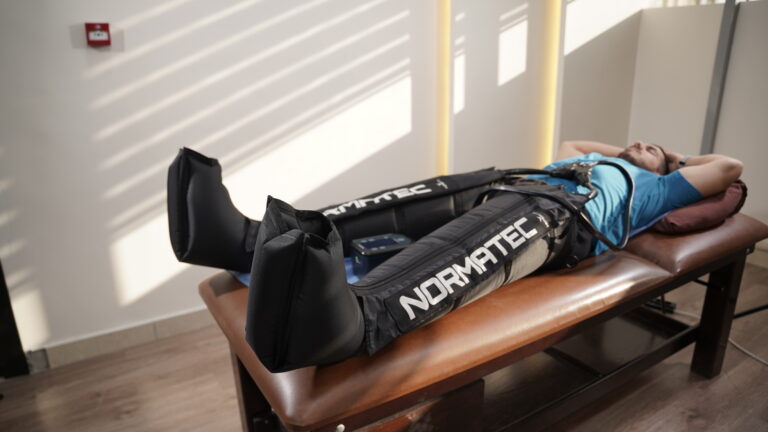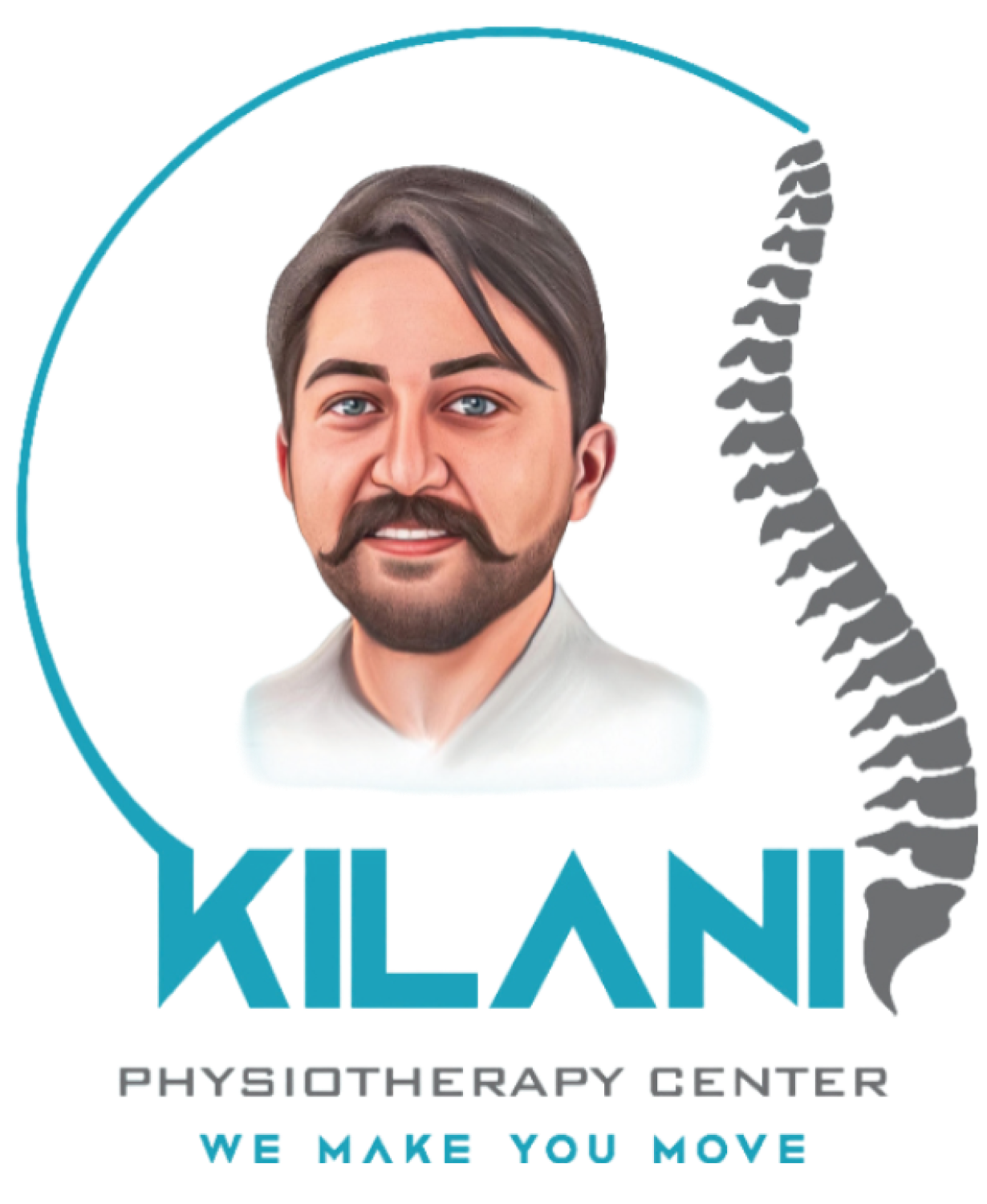Understanding CVA (Stroke): Causes, Symptoms, Treatment, and the Role of Physiotherapy
Kilani
June 16, 2025

Introduction
A Cerebrovascular Accident (CVA), commonly known as a stroke, occurs when the blood flow to a part of the brain is interrupted, either due to a blockage (ischemic stroke) or a rupture of a blood vessel (hemorrhagic stroke). When the brain doesn’t get enough oxygen and nutrients, brain cells begin to die within minutes, making stroke a medical emergency.
Causes of CVA
The primary causes of stroke include:
Ischemic Stroke (approx. 87% of strokes): Caused by a blood clot blocking a vessel in the brain. Risk factors include:
High blood pressure
High cholesterol
Atherosclerosis (narrowing of arteries)
Diabetes
Smoking
Heart disease
Hemorrhagic Stroke: Caused by bleeding in or around the brain due to:
High blood pressure
Aneurysms
Arteriovenous malformations (AVMs)
Head trauma
Transient Ischemic Attack (TIA): Often called a “mini-stroke”, TIAs are temporary blockages that do not cause permanent damage but are warning signs of future strokes.
Symptoms of a Stroke
Recognizing the signs of a stroke early can save lives and improve recovery outcomes. Common symptoms include:
Sudden weakness or numbness in the face, arm, or leg (especially on one side of the body)
Difficulty speaking or understanding speech
Sudden vision problems in one or both eyes
Loss of balance or coordination
Sudden severe headache with no known cause
Use the FAST acronym to remember warning signs:
Face drooping
Arm weakness
Speech difficulty
Time to call emergency services
How Stroke is Treated
Treatment depends on the type of stroke:
Ischemic Stroke:
Clot-busting medications (e.g., tPA) if given within 3–4.5 hours of symptom onset
Mechanical thrombectomy (clot removal surgery)
Blood thinners and medications to control blood pressure and cholesterol
Hemorrhagic Stroke:
Surgery to stop bleeding or reduce pressure in the brain
Medications to manage blood pressure and prevent seizures
Rehabilitation is critical after initial treatment to regain lost function and prevent further complications.
The Role of Physiotherapy in Stroke Recovery
Physiotherapy is essential in stroke rehabilitation. At Kilani Physiotherapy, our expert team provides personalized therapy programs to help patients regain mobility, independence, and quality of life.
Key Areas of Physiotherapy in Stroke Recovery:
Motor Skill Recovery:
Exercises to improve strength, coordination, and balance
Gait training to restore walking ability
Use of assistive devices when needed
Functional Independence:
Relearning daily activities like dressing, bathing, and eating
Home exercise programs to reinforce clinic sessions
Neuroplasticity Enhancement:
Techniques that promote the brain’s ability to rewire and adapt
Task-specific training and repetitive movement exercises
Spasticity Management:
Stretching and mobilization to reduce muscle tightness
Electrical stimulation and other modalities to improve movement
Fall Prevention and Education:
Training for safe mobility
Education for caregivers and family support
Why Early Rehabilitation Matters
The first few months after a stroke are crucial for recovery. Starting physiotherapy early can lead to:
Faster functional gains
Reduced risk of complications (e.g., contractures, pressure sores)
Better long-term independence
Final Thoughts
Stroke is a life-altering condition, but with prompt medical treatment and comprehensive rehabilitation, many patients can recover significant function. At Kilani Physiotherapy, we are dedicated to helping stroke survivors rebuild their strength, regain independence, and restore their confidence through evidence-based, compassionate care.Contact us to learn more or schedule an appointment.
📍 Available in Jordan, Dubai, and Sharjah
📞 Jordan 🇯🇴: 00962792624442
📞 Dubai 🇦🇪: 00971585131428
📞 Sharjah 🇦🇪: 00971509594655
🌐 www.kilanicenters.com
📧 info@kilanicenters.co
